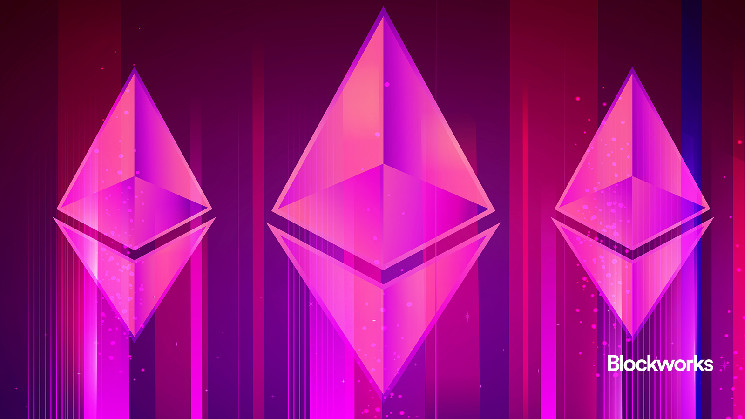This can be a section of the 0xResearch publication. To learn the entire version, Subscribe.
The transfer to interchange Holesky with Hoodi as Pectra's principal testing floor was one among 4 choices mentioned in Thursday's all-core developer name. A number of protocol groups had been significantly related to staking infrastructure, lobbying for sooner however extra dangerous choices, successfully overturned by core builders.
Holesky needed to discover an alternate check surroundings for Pectra, particularly for exit-related options, with Validator Exit Queue, which might take over a 12 months. 4 choices had been thought of.
- Choice A: Begin a brand new testnet (Hoodi) to interchange Holesky.
- Choice B: Use DevNet 6 as a brief testnet.
- Choice C: Spin up Holesky's short-term shadow fork.
- Choice D: Implement a tough fork that clears the exit queue of Holesky.
For protocols like Lido and Eigenlayer, possibility D was a transparent desire regardless of its hacky flavour. With infrastructure and integration already constructed round Holesky, this selection allowed Lido to skip relocation of instruments, Oracles and different dependencies, focusing solely on Pectra-specific testing.
Lido's Ivan Metrikin estimated that possibility A would take two months emigrate to the brand new testnet. The contract rollout and touring takes a number of weeks, adopted by further time for testing.
Matt Nelson of Eigen Labs repeats this concern and notes that he spends weekly relocating infrastructure, delaying his capability to make sure compatibility with Ethereum's subsequent onerous fork. On condition that lido and eigenlayer collectively handle billions of muddy ETH, inexperienced mild for the Pectra mainnet rollout is vital.
The subject of Ether Staking is prone to seem within the Blockworks DAS session, which is Ethereum's enchantment to in-facility builders on March twentieth.
Core builders prioritize stability (and fusaka)
Regardless of these issues, Ethereum's consumer crew opposed Choice D. Their reasoning was two.
The hardworking Holesky wants “hacking” to introduce threat. Making a one-time change to the execution queue can inadvertently create code paths that have an effect on the soundness of the mainnet.
The delay attributable to debugging Holesky fixes is a waste of Fusaka's growth time. The core crew claimed that they may spend an additional two weeks on the Holsky patch and spiral right into a cumulative delay of a number of months.
Marius van der Wijden of Geth recommended that the consumer crew might “cool a bit” whereas ready for the LST crew to finish their testing at Hoodi.
In consequence, Pectra Mainnet Fork is presently formally behind in mid-Might. Hoodie is scheduled to carry out a reside present on Monday, March seventeenth, with Pectra lively on March twenty sixth. The rule of thumb for Ethereum is to attend not less than 30 days earlier than choosing a mainnet block, however liquid staking groups like Lido and Eigenlayer have now prolonged their timeline for transitions.
In the meantime, the consumer crew makes use of further time to enhance the code and lays the muse for the Fusaka.
The deadline for submitting Fusaka's EIP is March twenty fourth, offering the crew with a brief window to substantiate their proposal. By March thirty first, the core crew is anticipated to share suggestions, resulting in the ultimate vary determination on April third or April tenth.
To streamline future ACD calls, Ethereum Basis coordinator Tim Beiko proposed shifting extra EIP proposal shows into the asynchronous course of. Plus, there’s a new EIP standing. The inclusion (DFI) reserved for EIPs that really feel that the crew needs to be postponed to future forks, however will not be fully rejected, has been denied.


